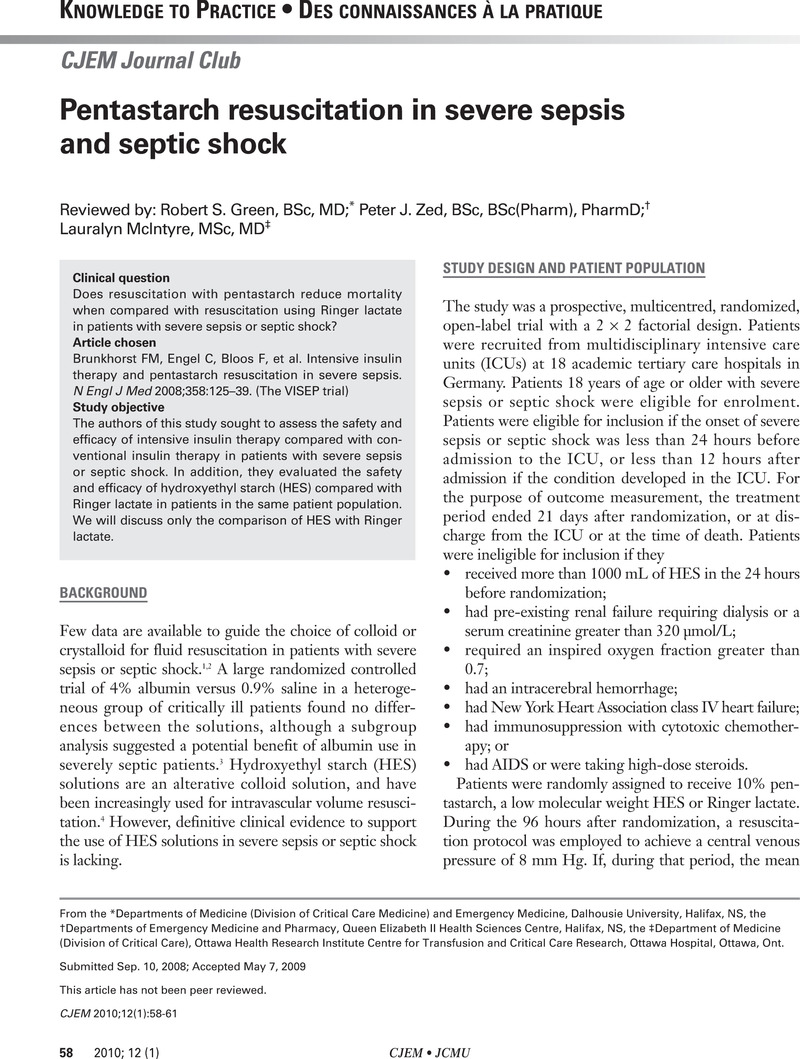Crossref Citations
This article has been cited by the following publications. This list is generated based on data provided by Crossref.
Bunn, Frances
Trivedi, Daksha
and
Bunn, Frances
2012.
Cochrane Database of Systematic Reviews.



